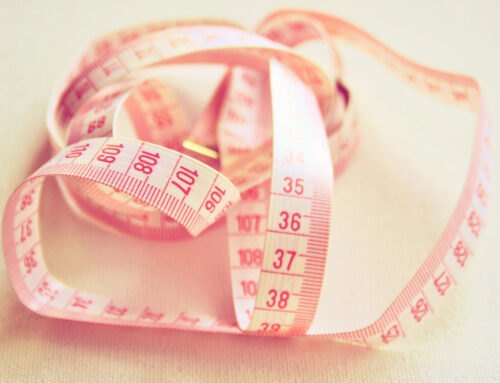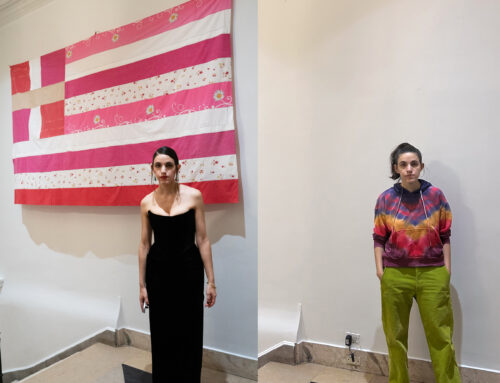Below is the transcript of an interview with a victim of the new Cold War:
Interviewer: So, who has been affected by this Cold War so far?
Victim: The issue has been going on for decades — quite a few people I assume.
Interviewer: Can you be more specific? What kinds of people — age, race, anything?
Victim: People? Oh, I suppose I could be more specific. Women of all ages, races, class.
Interviewer: And what do they look like?
Victim: Constantly shivering, huddled in the corner behind stacks of paper and printers. They wear gloves as they type away on their computers. They reach for cardigans to cover their bare shoulders at every meeting.
Interviewer: Where does this occur? Who is this battle between?
Victim: Offices. Men and Women.
This new “Cold War” isn’t really so new, is it? It’s an ongoing battle: males comfortably work in office spaces while women clutch their steaming cup of coffee as they struggle to become accustomed to the frigid workplace climate. It happens each summer, in fact. Offices turn on their air-conditioning systems, blasting chilly air through the vents and women are covered in goosebumps.
After decades of debate over the ideal office temperature, a recent study has indicated that women freezing at work can blame their male co-workers who hold control over the thermostats in office buildings. But, how do these males determine what the ideal temperature is? The Nature Climate Change journal states that most office buildings set temperatures based on a decades-old formula that exclusively considers the metabolic rates of men.
At first glance, the formula that determines office temperature seems to be simple. Air speed, temperature, vapor pressure, clothing insulation. However, one variable in the formula, resting metabolic rate, or how fast an individual generates heat, is based on a general 40 year old man weighing approximately 154 pounds.
At one point, that man may have been representative of the majority of individuals who work in office spaces. However, in an era where women proudly represent more than half of the work force and generally have slower metabolic rates than men, this variable proves to be faulty and inconsiderate of changing labor markets.
This study offers a solution: change the age-old formula. The researcher went ahead and tested 16 women, students in their early 20s, doing seated work wearing light clothes and recorded the oxygen inhaled and carbon dioxide exhaled. Researchers found that the women’s average metabolic rate was 20 to 32 percent lower than the standard rates used to set building temperature. Thus proving that the model needs to be adjusted to include metabolic rates of women and men and not only factor in clothing, but body tissue insulation.
Phoebe McPherson, 21, said that she sometimes wears thick leggings, a long-sleeve shirt, a sweatshirt, and boots to work at a health technology startup in Virginia. She often also adds a tartan blanket scarf, wraps another “blanket around my legs” and wears a Snuggie backward to seal off any openings.
Individual temperature controls, may also be a potential solution to this intensifying Cold War. Dr. Lam, who helped design a “personal environmental module” in the 1990s noted that these compartments can help make the cubicles of women warmer. In the 90s, this innovation was disregarded since it was deemed too expensive for commercial development. However, in the present era, other companies are developing systems to let workers make their cubicles warmer or colder.
Although there has been great progress in the overall gender representation across industries, details such as office temperatures continue to hamper progress. Because without overtly excluding women, it is made obvious that they have to go the extra mile to feel comfortable in a setting that caters to their male counterparts.




